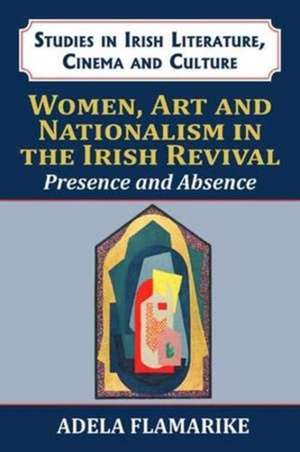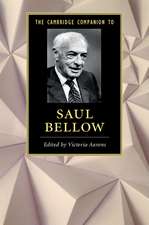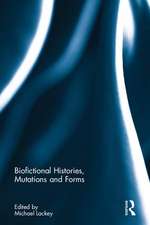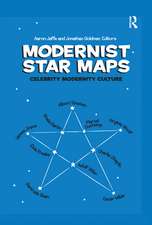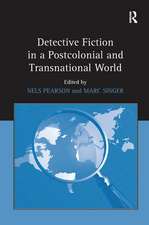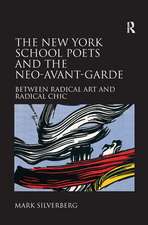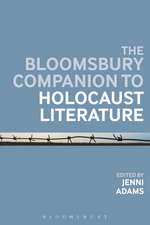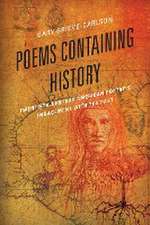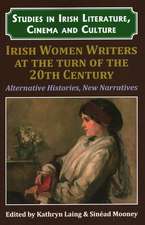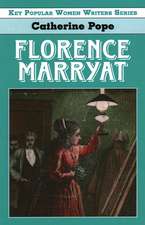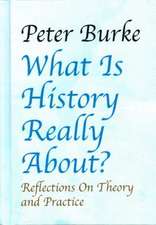Women, Art and Nationalism in the Irish Revival: Studies in Irish Literature, Cinema and Culture
Autor Adela Flamarikeen Limba Engleză Paperback – 29 noi 2019
Preț: 403.52 lei
Nou
Puncte Express: 605
Preț estimativ în valută:
77.22€ • 82.57$ • 64.38£
77.22€ • 82.57$ • 64.38£
Carte tipărită la comandă
Livrare economică 17 aprilie-01 mai
Preluare comenzi: 021 569.72.76
Specificații
ISBN-13: 9781911454335
ISBN-10: 1911454331
Greutate: 0.31 kg
Editura: Edward Everett Root
Seria Studies in Irish Literature, Cinema and Culture
ISBN-10: 1911454331
Greutate: 0.31 kg
Editura: Edward Everett Root
Seria Studies in Irish Literature, Cinema and Culture
Notă biografică
The Author was born in 1990 in Navarra, Spain; studied a degree in History of Art at the Basque Country University in Vitoria, and Saint Louis University in Brussels, Belgium. Her final project entitled "Women, Art and Exile. The subversion in the artwork of Leonora Carrington and Remedios Varo" won the Francisca de Aculodi award as part of a gender perspective project in the Basque Country University in March 2015. In 2014 she travelled through Ireland and finally settled in Westport. She has collaborated with the Chilean cultural magazine AguaTinta as a monthly columnist. This involved critical and political study of various artworks and artists through the lens of gender perspective. She holds a First Class Honours Master's Degree in Applied Research in Feminist, Gender and Citizenship Studies at the Jaume I University of Castellón (Spain).
